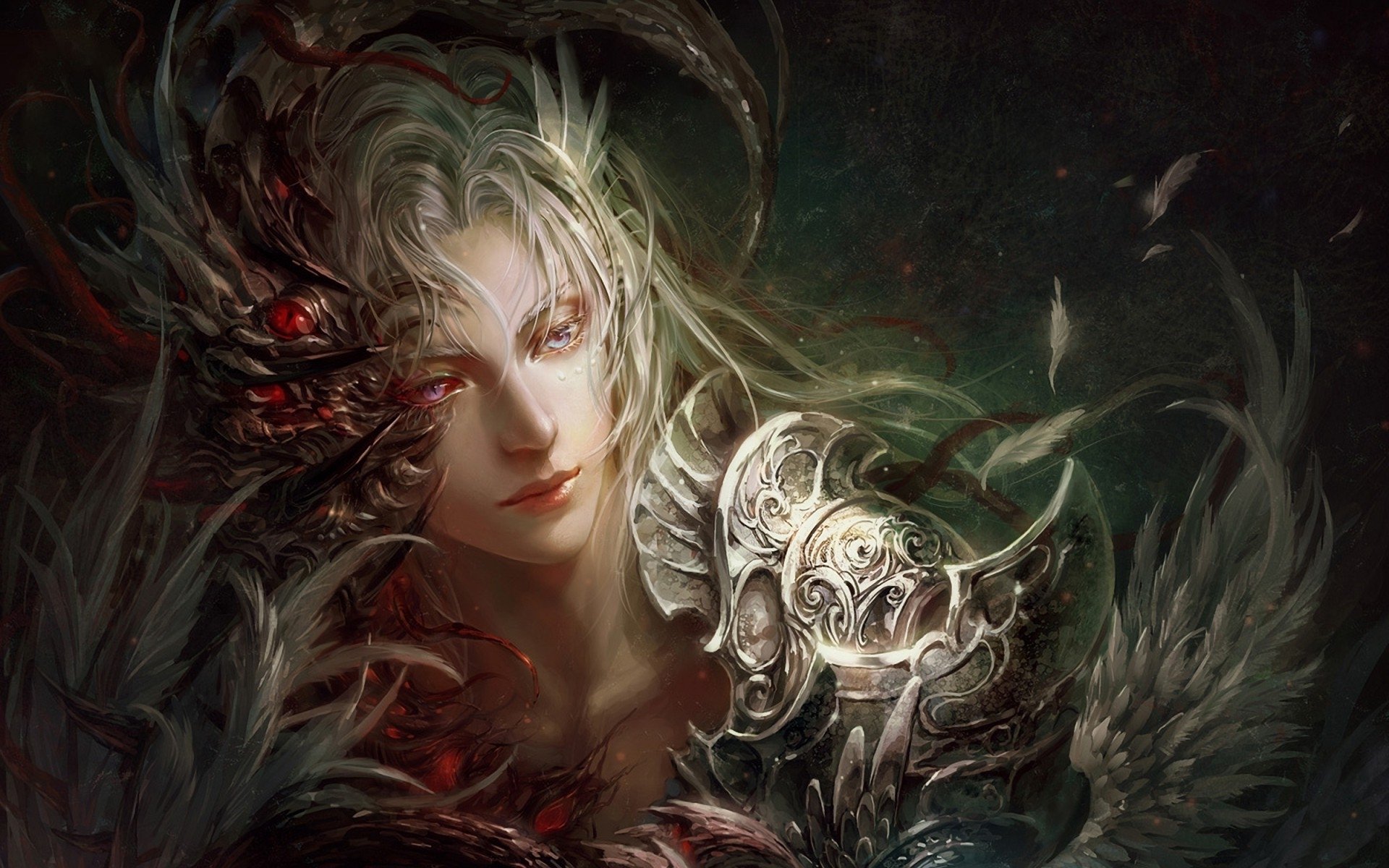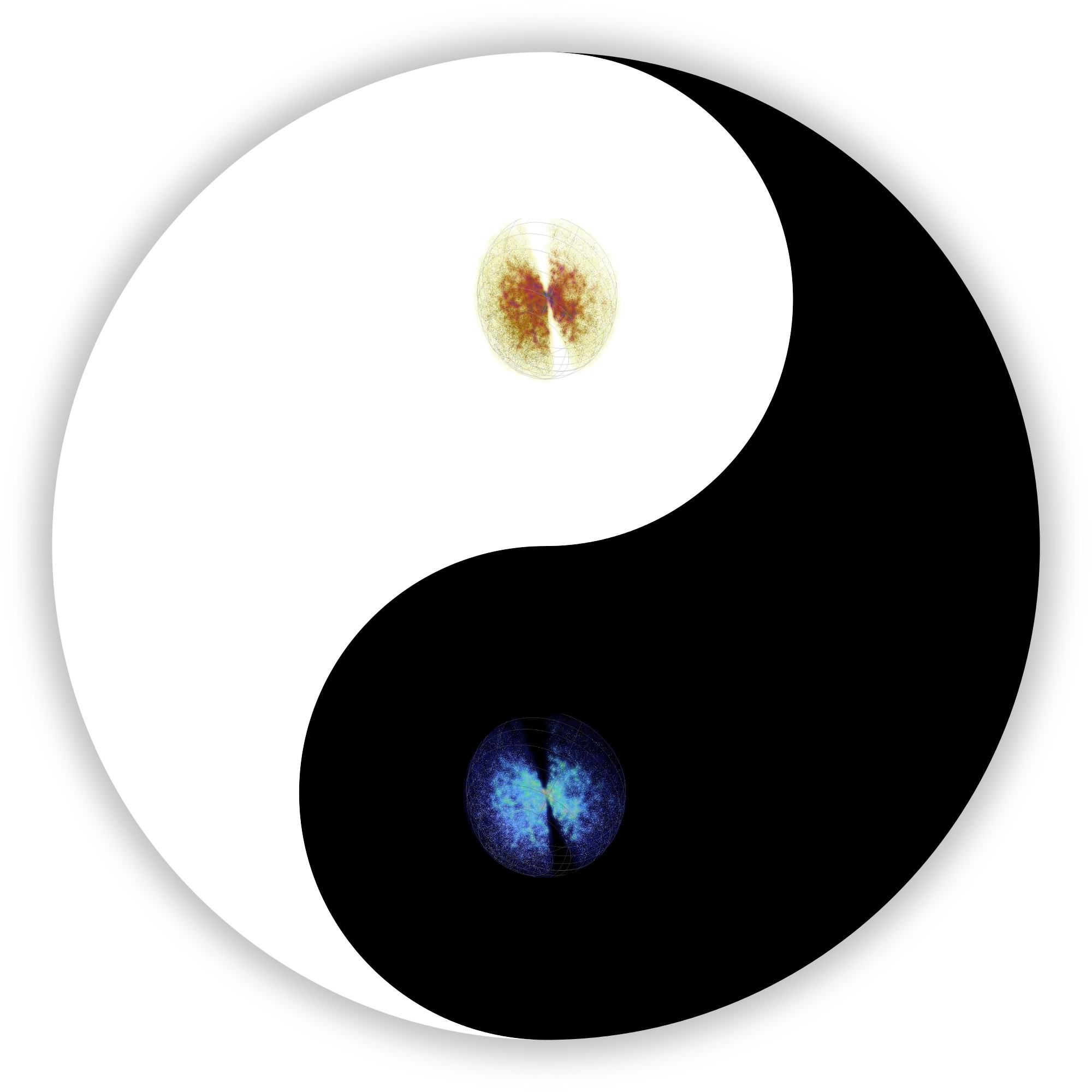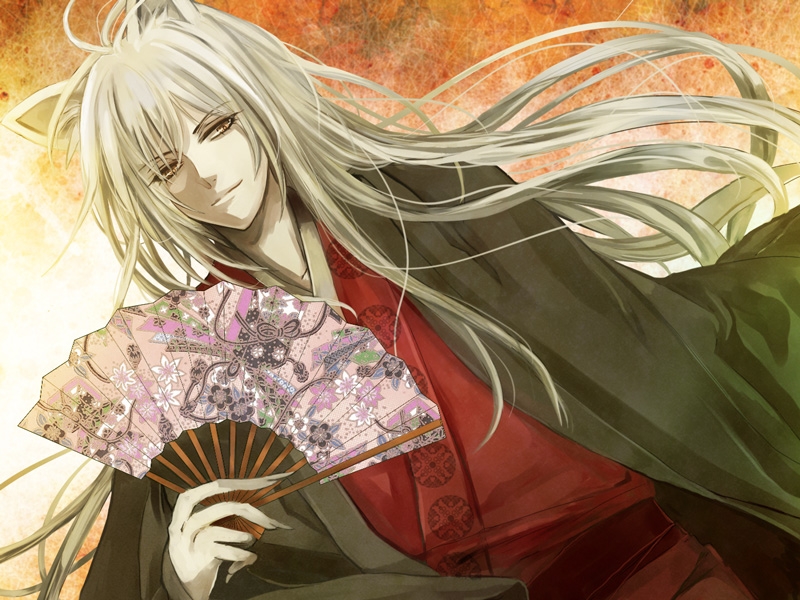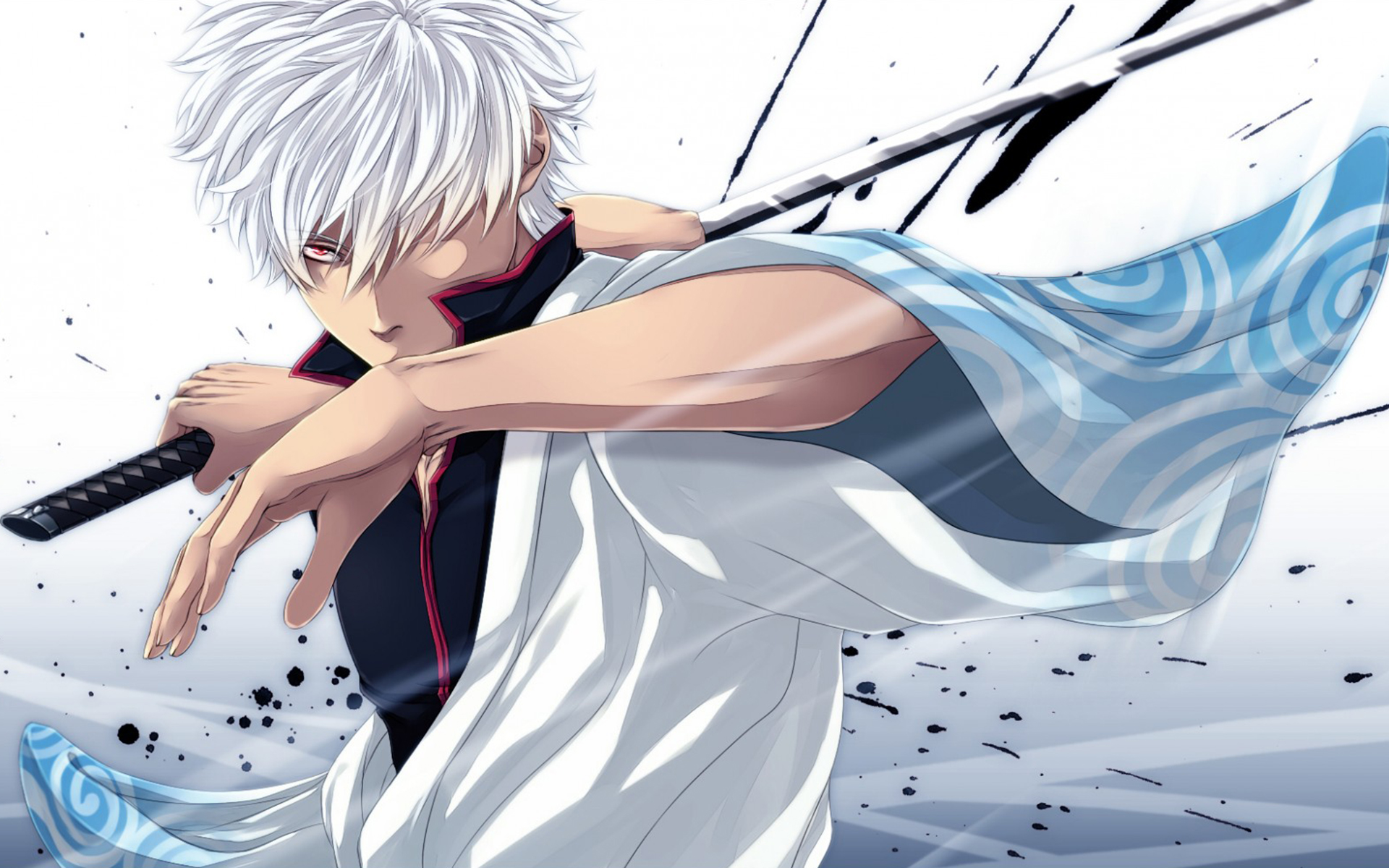
“Ma, Quỉ, Thánh, Thần, ơi!”
I heard this phrase quite a bit, growing up. It was a common lamentation that my mother would quite often expel when I did something bad, like draw my artwork all over the walls, or when faced with something horrific, like catching me and the family dog eating out of the same bowl (at the same time).
The young me did not know at the time that she was calling on the spirits to help her deal with a very young Taobabe since it is a mild expletive similar to the western “Oh my God!”, with the literal translation of “Oh my ghosts, demons, saints, and angels!”
I’m sure she was not even aware that she was calling on them, as it is a rather common non-curse curse word. However, the practice of calling on spirits for help has been going on for thousands and thousands of years, and with good reason.

The spirits, if bribed properly, can, and often do assist—but how do they assist, and what is the difference between them? This is something only people like me are curious about. Nobody else I know cares about who or what these entities are, as long as their personal requests are answered, but a word of caution!
You need a comprehensive understanding of the various possible entities that exist out there in the realm of what we consider the daemonic world if you are going to call out for their help.
After all, you need to know which entity is most effective for what jobs, and you need to understand the costs involved, because nothing is free. Let me repeat this because it is very important.
NOTHING IS FREE.
I wrote about their general realm it in one of my previous posts, Daemonic World to explore what exactly it is that we are dealing with. It was a lighthearted attempt to introduce the idea into mainstream, because you can’t face what you don’t understand, and you can’t understand if you are unable to face what may seem to be alien in nature and scary as fuck.
To make things easier, I’m going to break them down to their basic levels and explain the differences between each entity. One thing to keep in mind is that no matter what they are, they are not above the rules of the Universe, and these rules must still be obeyed. Taoism is all about the balance of black and white, negative and positive, changing and unchanging. It is the framework with which the entire cosmos exists upon.

As I mentioned in my previous posting, Daemonic World, Cosmospolitanic View, we of the physical world, are the tiny spot of white, within the expanse of black. As the catalyst that is changing the darkness to light, we are considered part of the Dương Gian (world of yang).
The entities that are unseen in our world are the mutable, swirling within the world of the immutable. They are the dark spot within the white side of the Taijitu. They occupy the Âm Gian (world of yin).
They are Ma (ghosts), Quỉ (demons) , Thánh (saints/buddhas), and Thần (angels), and they are about as unremarkable as beings come.

If you are expecting to be bowled over or scared out of your mind when you meet one of these beings, then let me put your mind at ease. You could literally pass one of them on the street and never know the difference.
Most of these beings are here to do something, and most likely, that something will have nothing to do with you. This means not only will you not care that they just passed by, more than likely, you will not even have noticed their presence. Furthermore, you would be hard-pressed to differentiate between these entities just by comparing their visual differences.
To begin with, Angels don’t have white wings or halos, and Demons don’t have bat wings or horns. Likewise, Ghosts aren’t necessarily transparent, and Saints may look like the local pizza delivery boy. It is hard enough to enter into this world. To do their work in stealth, their visual appearances would need to be very low key. They would, in effect, look just like you and me, if we can see them at all.
Let’s start with Ma (ghosts)
Ma

Ma (ghosts) are comprised of several different types of entities, but they are first and foremost, the paternal soul group hồn (see Hồn Vía (Part 3): The Fracturing of Souls) that has lost its corresponding maternal group vía.
Under normal conditions, most hồn move onward and escape the world of yang (Dương Gian) through something that has been described time and time again as a tunnel of light (more on this later). The veil between the two worlds are not easily penetrable; however, sometimes, there are extenuating circumstances whereby the hồn is able to linger within our realm. They can be one of several reasons:
- Very young children or an almost fully-formed fetus who still do not grasp the realization that their yang life has been abruptly cut off and are still trying to enter (or remain) in the world of yang.
- This is also true with those whose deaths were so sudden and traumatic that they still have not realized they are dead. Accidental death victims, victims of war, soldiers, and those who died in their sleep are all ‘sudden-death Ma.
- Sometimes, a person may harbor a grudge against, or have very strong emotional bonds with, a person living in Dương Gian (world of yang). If death occurs before these strong emotions are able to be resolved, the hồn that has lost its physical body and its correspond vía will follow the living person in order to protect that person, or exact revenge, or even tempt the person to commit suicide so the two can be rejoined in the Âm Gian (world of yin).
- Then there are the hungry Ma. They are so-called hungry because they have been lost and wandering within Dương Gian (world of yang) realm for so long that they must become parasites to maintain their coherency in order to remain in our realm. These hungry Ma utilize various ingenious methods to absorb the khí (chi) energy of people, animals and plants. I wrote about this in one of my posts (Black Sorcery and Ngải Plant 2) where I detailed one way that a hungry Ma could utilize a plant to remain within Dương Gian (world of yang).
- They could also be a servant or underling under the command of a high-level black sorcerer, a Quỉ (demon) or a Thần (angel), and have been sent into our realm to to perform a specific task as a boon or to grant a favor to a person living in this realm. These higher level spirit controllers can cast the Ma into a physical object such as an amulet or a doll. Since these inorganic objects cannot absorb chi energies via the natural methods (such as eating or photosynthesis), they must be manually fed (blood sacrifices) in order to have enough energy to do their work.
- Ma can also be the result of a Bodhisattva whose hồn continues to linger in the areas that they previously existed while in their physical forms. Since they are able to transcend, they are no longer bound to either yin or yang realm and can freely move about. They can usually be found near mountains with abundant khí (chi), or sacred places of worship.
Quỉ

Before I go too far into the subject of Quỉ (demon), I have to reiterate this notion that nothing in this universe is all bad or all good. Everything is relative to its placement within the environment in which it thrives. We should suspend judgement upon those who have been grouped into the category of Quỉ.
If we must judge, we should first look back towards us humans. We, who expend all our energies killing each other with weapons of mass destruction, and despoiling and polluting the environment that we live in.

At first glance, we truly are atrocious to behold. Anyone who might do a comprehensive study of us humans would not be wrong to think that we are barbaric, evil, and lacking in the most basic aspects of humanity. We are scary as fuck.
And they would be right, but that generalization begins to lose its sharp-edged meaning once we begin to focus in on individuals. As individuals, we run the gamut, from the truly evil to the truly good. There is no way to gauge each person’s level of enlightenment until enough observational time has passed.
This also holds true for individuals in the category of Quỉ. Since they tend to lean towards the direction of service-to-self, it is more likely that a meeting with an individual Quỉ would result in a run-in with a rather unsavory individual. The degree of unsavory behavior could be as simple as chronic lying, and can be as bad as wanting to torture and use another sentient being for their own selfish desires. Because of these service-to-self propensities, they can be simply a nuisance, or downright dangerous.
As I stated previously, do not expect Quỉ to be physically ugly or have wings and horns. In fact, they may be very physically attractive, as glamour is a spell that is easy to cast and can aid them in gaining a person’s sympathetic acceptance.
In general, the more corrupt they are in life, the stronger their powers become after death. Their hierarchy in the Âm Gian (world of yin) is directly proportionate to the degree of power that they wield. The least of these Quỉ become henchmen and underlings for the more powerful Quỉ, and those who are highly corrupt wield a tremendous amount of power over their realm. Sounds familiar, doesn’t it? That’s because here in Dương Gian (world of yang), we also have a similar system, and it’s us humans who occupy the positions of bosses and henchmen.
There are several types of Quỉ.
- When powerful people like warriors, businessmen, or politicians become corrupt due to their wealth and powers, after they have died, they carry this into the Âm Gian (world of yin) and continue to direct their growth towards that which is more service-to-self.
- Sometimes, an otherwise benevolent soul may have died a tragic and wrongful death, or were lured to criminal actions due to malevolent forces present at the time of death. These recalcitrant Quỉ are those that are able to be swayed, and can be redeemed if a kind soul is willing and able to pay the ransom for their hồn.
- Another type of Quỉ is created by the hồn of those who have been cultivating their inner selves for years, but due to their inability to maintain the ideals of service-to-others, begin to become corrupted by the powers that are generated by the years of martial arts. They fall into the traps of service-to-self by their desire to attain higher and higher levels of power for the sake of possessing the power, rather than for the service-to-others. These tend to be some of the most powerful Quỉ because they have the power, but lack the self-reflective ability to realize that they are no longer on the right path.
Thần

Thần (angels/spirits) are often viewed as higher vibrational beings because they are thought to be less corrupted than the Quỉ’s hồn tend to be. However, as I stated previously, nothing in this universe is all bad or all good, and that includes the possible benevolence and malevolence of Thần (angels). The reason is simple.
They all occupy the same realm, Âm Gian (world of yin), but one group is considered vigilantes and the other group is the police group. I’ll let you pick which side is which, depending upon your unique point of view. There are good cops and there are bad cops, just as much as there are good vigilantes and there are bad vigilantes.
How much power these Thần (angels/spirits) wield depends on how high they have managed to ascend in the order of their echelon. And if you think that you can tell the difference between a good cop and a bad cop, think again. Appearances can be deceiving, and it is no less relevant for these beings. They will not be walking around with white robes and harps, and there will not be wings protruding from their backs or halos on their heads. One cop looks just like another. Only observational time can tell the differences between their intentions, but there is one thing that helps to steer you in the right direction.
For the most part, Thần (angels/spirits) possess more of a service-to-others disposition, but do not lower your guard. They are first and foremost, henchmen for a higher order of more powerful bosses, and as such, their benevolent tendencies extend only as far as their orders allow. The danger that these beings embody is not necessarily lower than that of the Quỉ. They can be simply a nuisance, or downright dangerous, depending on their mission.
There are three basic kinds of Thần (angels/spirits):
- The first is the nhiên thần (angels of nature), better known by western understanding as spirits of the land, forests, mountains, and rivers. The practice of worshiping nature spirits/angels are ancient and widespread. These nhiên thần are tied to the specific natural formation that they inhabit and their job is to protect the natural formations they serve. Loss of that natural formation is akin to the death knell of that particular nhiên thần. Ever since humanity has grown to the point where we have converted most places on Earth into developments for urban and industrial uses, the nhiên thần’s forces have weakened considerably. They are, however, by no means dead. Nature fights on its own time and in its own way. We are only transitory beings, in the grand scheme of things.
- The second is the nhân thần (angels of human spirit) these are the souls of those who were once human, but for one reason or another, have been retained on earth to be guardians for the benefit of mankind. Their life essences reside in the realm of Âm Giang (world of yin), and for that reason, they cannot die in this Dương Giang (world of yang). The reason is simple. They have already died here and have passed onto Âm Giang. Nhân thần are the undying, walking among us. They have lived for thousands of years, and will continue to live on this world until whatever master plan they are in charge of has been achieved. They look just like the humans around them, and there is no way to differentiate the difference.
- The third is thiên thần (angels of celestial origin). These are powerful beings who ascend from outside the Earth. It would not be inaccurate to call them extra-terrestrials. They are beings of higher density and descend to assist in the work of soul ascension. As such, they work for a higher order and must obey the directives of this higher order. If they assist you, it probably won’t be due to anything that you asked for, but rather, a necessary action that they partake in to fulfill their missions.
Thánh

Thánh (Saints/Bodhisattva) are the only group of extraordinary beings that I would consider truly benevolent. They are ordinary people who have attained enlightenment. Since they have escaped from the wheel of karma, they are no longer bound by the ephemeral veils that separate Dương Gian (world of yang) and Âm Gian (world of yin).
Note that I do not include Buddhas in this grouping because Buddhas have completely taken themselves out of the lower realms. This leaves only Saints and Bodhisattva, who remain in the lower densities. What keeps them engaged within our realm is their selfless interest in assisting sentient beings to also achieve enlightenment. They are pure in motive, and unwavering in their love for all beings (not just humans, but sentient beings in general).
However, for the most part, their motto is usually a ‘hands off’ one, since most of what we go through are necessary for our growth and development. It would be akin to a child, crying to its parent because she does not want to start kindergarten. The parent may be sympathetic, but intervening so the child does not have to go to school is not something that any good parent will do.
Ám (Possession)
Okay, so now that I’ve done a brief, rudimentary analysis on the types of beings that we may encounter, from the Âm Gian (world of yin), I need to go into Ám (possession), and the selling and bartering of souls, which I briefly touched in one of my previous postings, Hồn Vía (Part 2): The Selling and Bartering of Souls.
My next posting will tie these two divergent tracts together, and I will place it under the Daemonic World grouping.
(to be continued)


fab Luv your style (:
All the best
LikeLiked by 1 person
Good job on spirits and ghosts! I also found your post on a Taoist Priestess and appreciate it. Being a real ADGL Longmen lineage ordained Priestess I agree with your dislike of fakes and misrepresentations.
LikeLiked by 1 person
Doctormayaclinic: Thank you. I appreciate your visit to my site.
Affi: Thank you! 🙂
LikeLike
” If death occurs before these strong emotions are able to be resolved, the hồn that has lost its physical body and its corresponding vía will follow the living person in order to protect that person, or exact revenge, or even tempt the person to commit suicide so the two can be rejoined in the Âm Giang (world of yin).” Wow. Now that’s a love/horror story! Reminds me of some spooky twisted version of Stevie Nicks’ “Silver Spring.”
LikeLike
I’m vietnamese too so I really enjoy all of your ancient viet history posts. I never knew how rich our history is. I’ve just met a 65yr old kung fu warrior recently and he’s been schooling me on the history of vietnamese martial arts and how it was actually the best in asia, which is how we defended ourselves for thousands of years against all kinds of invaders including genghis khan.
You should make a post explaining what the VN war was really about. I’d like to know your thoughts on that.
And a last note, the earth is flat. It is not spherical. you made a comment about that in one of your posts. Being as smart as you are, I really beg you to do some honest research about the flat earth, i think you may be quite surprised at what you’ll discover. PLEASE do that. You will see the truth for what it truly is.. you’re too smart not to.
peace
LikeLike
OH Tao where have ye gone, hope your doing well.
LikeLike
Where are you gone ?
LikeLike
I think the word “Quỉ” initially just meant ‘spirit’ like the word demon was from the word daemon which was neutral to mean a spirit without good or bad connotation. We are thinking of starting a podcast, would you like to join us for one episode on Vietnamese history? I’ve read some interesting information from Luong Kim Dinh, he said that there is an old Vietnamese saying that Vietnamese were Atlanteans from Malaysia. I’ve recently started research into Atlantis, there are quite a few people claiming Atlantis was in the South China Sea, even some Welsh people claim that they were Atlanteans from Sumatra (Summerland).
I remember you made a comment about the symbolism of the scarab as the golden flower or flower of life under the article “Ancient Việt Dynasty (Part 2): Bách Việt”, I’m trying to find it again for my research but now there’s no comment under the article. I don’t know if I’ve gone loopy with my memory or there is some kind of censorship.
LikeLiked by 1 person
Hi Babe,
About the word ‘Dương Giang’ (world of yang).
According to the dictionary “Đại Nam quấc âm tự vị”, word ‘Dương gian’ means the following:
Dương gian: Cõi thế bày ra, ai nấy đều ngó thấy, đối với âm phủ là cõi không ai ngó thấy. (1)
I translate: The world shows out, everyone sees it, opposite with world of yin is there that nobody to see.
About the word ‘gian’ in ‘Dương gian’ doesn’t include ‘g’.
According to the dictionary “Hán Việt Tự Điển”, word ‘gian’ means the following:
Chữ gian có nghĩa là khoảng. (2)
I translate: word ‘gian’ means space, scope.
You used word ‘gian’ as the world is right. I understand that the word ‘gian’ is the noun, use after nouns to specify the place, the time period.
———————
Works Cited
(1) Hùinh, Của Tịnh Paulus. Đại Nam quốc âm tự vị. Imprimerie Rey, Curol & Cie, Saigon, 1895. Tập I, tr. 252.
LikeLiked by 1 person
(2) Chửu, Thiều (2009). Hán Việt Tự Điển. Văn Hoá Thông Tin, 2009, p. 903.
LikeLike
Dino
I always create 2 postings, one as a normal post, and the other as a page, to keep it available on the side bar for ease of access. Most, if not all of the comments are usually done on the posts, which eventually get lost to the passages of time because they are not pinned to the Pages board on the right hand side.
Here is the posting you are talking about. It has all the various comments about that subject. I will be getting back into that subject matter very soon. I would like to write a full book on it, incorporating translated works of ancient Vietnamese material. I am still in the process of digging up that ancient material. And also, trying to learn Chữ Nôm (𡨸喃) is a real bytch. It’s so hard. 😦
https://taobabe.rocks/2016/08/05/ancient-viet-dynasty-part-2-bach-viet/
LikeLike
Thanks for that correction Phong Lau. I will make those corrections ASAP.
LikeLike